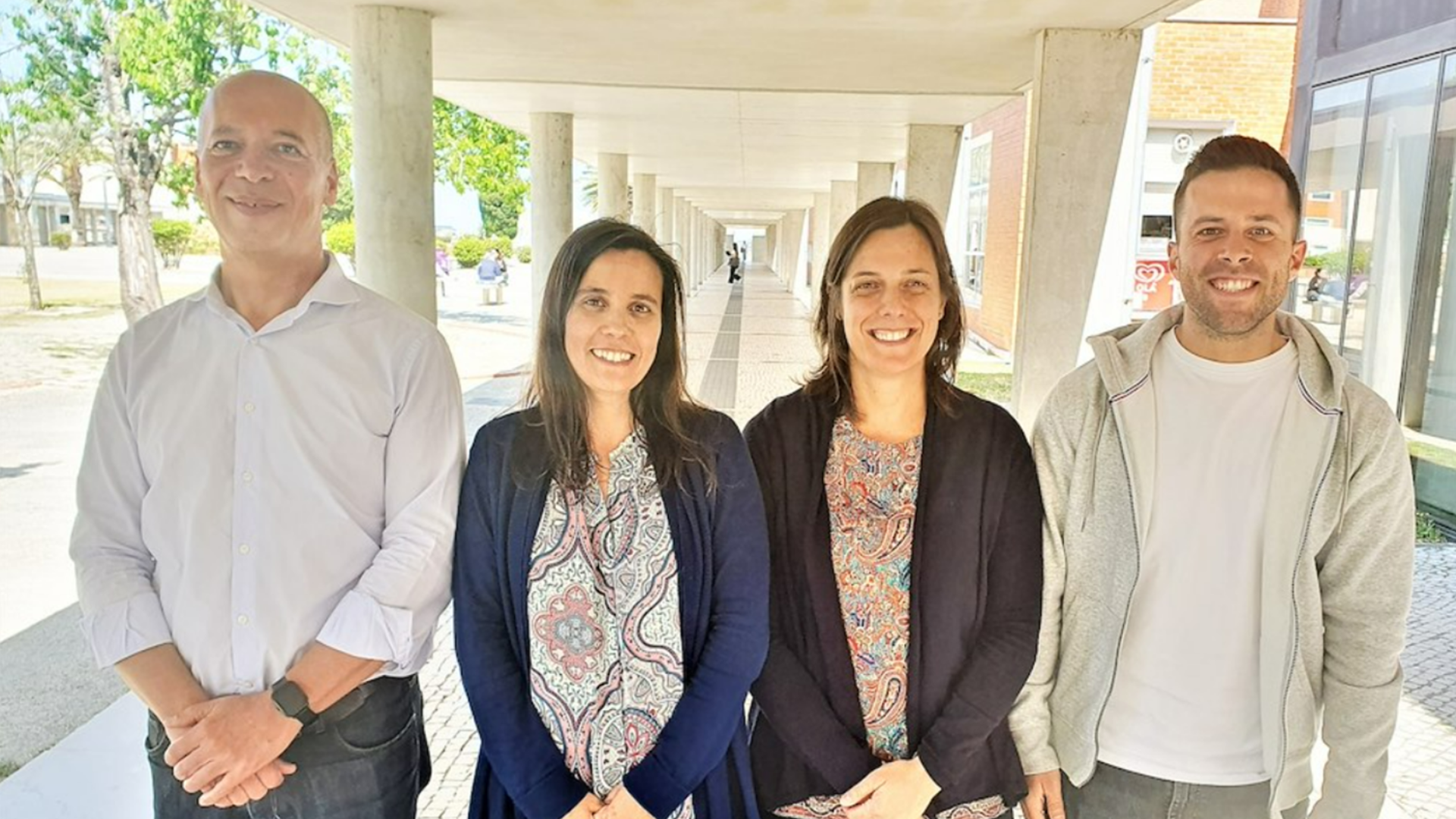What are the most suitable areas in Ria de Alvor for bivalve and gilt-head seabream aquaculture in the face of climate change? A research team from the Center for Environmental and Marine Studies (CESAM) at the University of Aveiro (UA) has answered the question raised by many producers in an area particularly sensitive to sea warming and rising water levels. In this scenario, the study warns that bivalve production could be greatly affected.
Located on the Algarve coast, Ria de Alvor currently offers very good conditions for the development of ecological and sustainable aquaculture of seafood and fish. However, unlike other coastal areas, there were no studies evaluating the medium and long-term impact of climate change on the viability of Ria for aquaculture. Until now.
The work of the Estuarine Coastal Modelling Group in the Physics Department at UA, signed by researchers Ana Picado, Humberto Pereira, Magda Sousa, and João Miguel Dias, identifies the most suitable areas, under current conditions and in the context of climate change, for aquaculture cultivation of bivalves such as oysters and mussels, as well as fish, particularly gilt-head seabream. The work was carried out using a numerical model that simulated the main biogeochemical characteristics of this estuarine system.
João Miguel Dias, researcher at DFIS and CESAM and one of the authors of the study, indicates that “this work results from an ongoing research line in the Estuarine Coastal Modelling Group aimed at promoting sustainable growth of aquaculture activity in Portuguese estuarine and lagoon systems.”
This research line emerged with funding obtained through the AquiMap project, which, along with several doctoral theses in this field, resulted in several publications in high-impact indexed scientific journals on the aquaculture potential of Ria de Aveiro, the Sado Estuary, the Rias Baixas, or Ria de Alvor.
According to researcher Ana Picado, also from DFis/CESAM, the results of this research indicate that “the most suitable regions for aquaculture are located along the main channel axis of Ria de Alvor, although there is seasonal variability in the results obtained, depending on the species considered.” During winter and autumn, “bivalves are more susceptible to environmental conditions than fish.” On the other hand, “spring presents the most favorable environmental conditions for the production of the species considered.”
The researcher also highlights that future projections point to “a general decrease in the potential of Ria de Alvor for bivalve species aquaculture production during winter and for mussels during summer, mainly due to the predicted increase in water temperature.” On the other hand, “it is not expected that climate change-induced impacts will affect gilt-head seabream production.”
Text by: Notícias UA online
